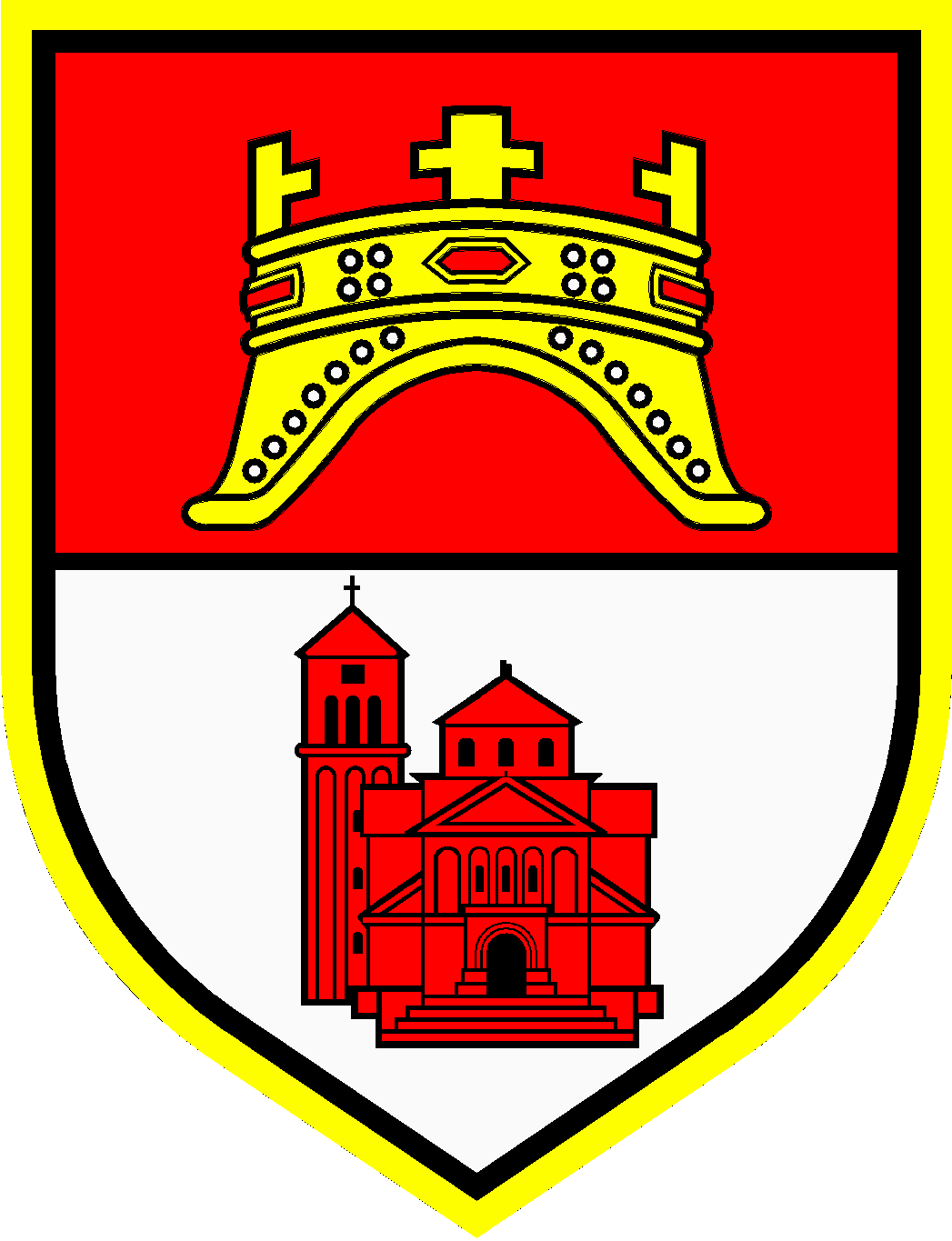Tomislavgrad is a municipality in southwestern Bosnia and Herzegovina. Tomislavgrad Day is July 8.
Ime
Duvno, the older form of Dumno, has the root of its name in the Illyrian word d´lmno - pasture, or dalma (dëlma) - sheep. The name Duvno was used for the town only recently. In Roman times it was Delminium, during the time of Croatian and Bosnian rulers - Županjac (after the residence of the Duvno parish administrator), during Turkish rule it was Sedidžedid (Croatian: New fortress) and Županj-potok, and during the Austro-Hungarian period - Županjac.
In 1925, King Aleksandar I. Karađorđević marked the 1000th anniversary of the creation of the Croatian kingdom by naming Tomislavgrad after the Croatian king Tomislav [source missing], who is traditionally believed to have been crowned on the Duvanjsko polje in 925. Tomislavgrad kept that name until 1945. ↓n1 From 1945 to the nineties of the 20th century, it was again called Duvno.
In key events for the Croatian people and protests in 1990, the return of the name Tomislavgrad was demanded. The referendum was held on August 12, 1990, and the citizens of Tomislavgrad supported the name change by plebiscite. The change was confirmed through legal acts, and from this date, the city again bears the name Tomislavgrad.
Geography
Duvanjski kraj is the meeting point of three historical and geographical areas, Dalmatia, Herzegovina and Bosnia. The waters of the Tuvan region are part of the Adriatic basin, and in terms of geological and morphological features, the area of Tomislavgrad has similar characteristics to other Dinaric areas of Herzegovina and Dalmatia. Tomislavgrad is naturally connected to Herzegovina and Dalmatia, which significantly influenced the development of the language, customs, way of life, construction and mentality of the tobacco region.
According to the relief and climate specifics, Tomislavgrad forms a separate region, and it can further be divided into five special areas: Šujička kotlina, Duvanjsko polje, Roško polje, Buško area and Vinica valley. Furthermore, due to weak road and other connections, the Tuvan region has maintained a high level of autochthonousness.
This geographical division of the Tuvan region affected the fact that the process of "inter-Tuvan integration" was not fully implemented, nor was the same feeling of regional belonging or regional identity formed.
Source: Wikipedia (link)











